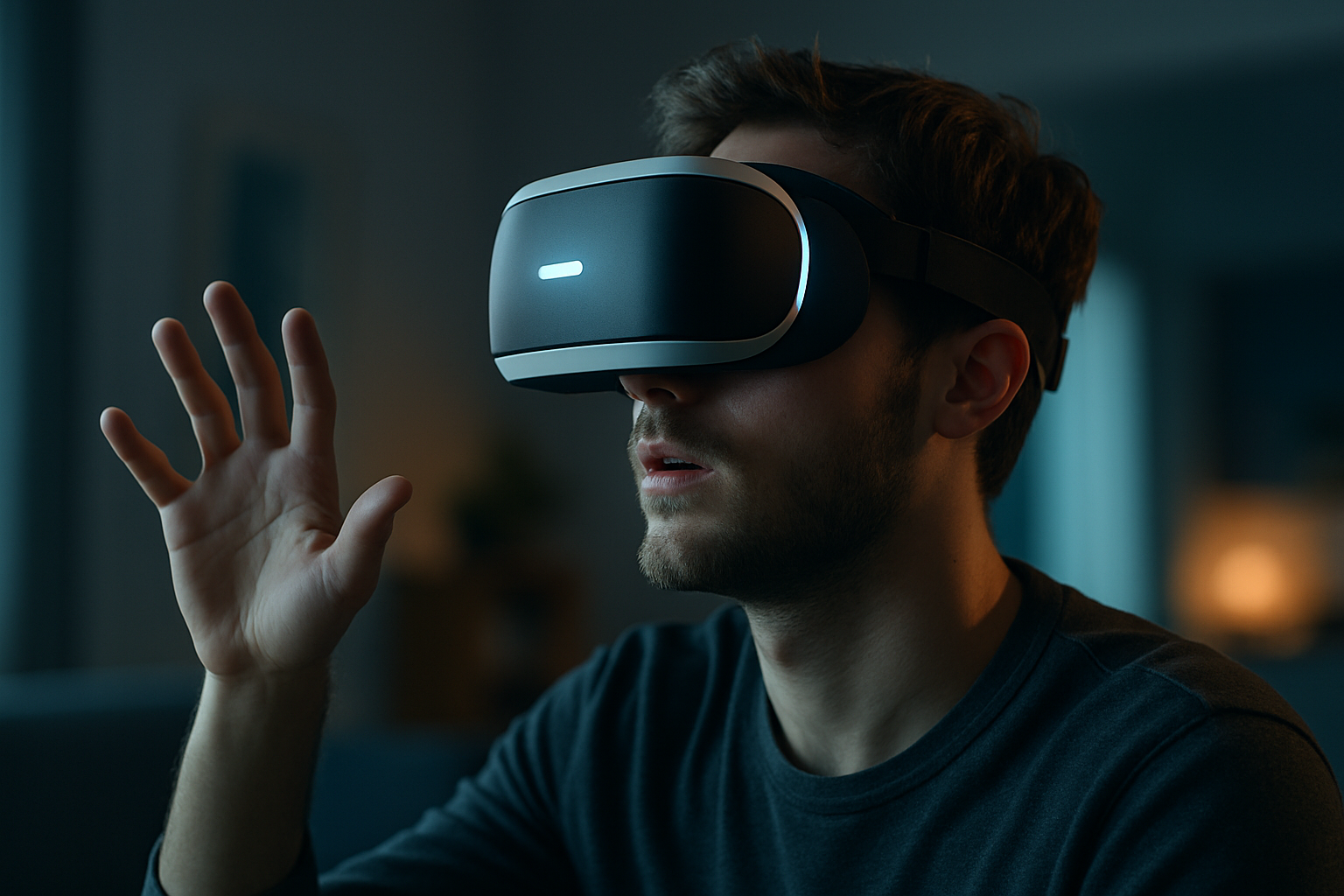Immersive Virtual Reality: From Sci-fi Dreams to an Everyday Reality
It's the year 2021. The line between the physical and digital world continues to blur as virtual reality (VR) devices become more commonplace in our homes and workplaces. This isn't a scene from a science fiction novel, but our present reality. The rise of immersive VR technology has truly revolutionized our interaction with the digital world, transforming the way we work, play, and connect with others.

The Genesis of Virtual Reality
Immersive VR has its roots in the 1960s when Ivan Sutherland and his student Bob Sproull developed the first head-mounted display that provided a 3D perspective of a virtual world. Although rudimentary compared to today’s standards, it was groundbreaking for its time. Over the decades, VR technology slowly advanced, with companies like Sega and Nintendo attempting to bring it to the consumer market in the 1990s. However, these attempts were largely unsuccessful due to the technology’s high cost and lack of processing power.
VR: The Turning Point and Present Day
The true turning point for VR came in 2012 when a startup called Oculus VR launched a Kickstarter campaign for a head-mounted display called the Oculus Rift. Fast-forward to the present day, and VR technology has made incredible strides. Oculus, now owned by Meta Platforms (formerly Facebook), has released multiple iterations of its VR devices, while other tech giants like Sony and HTC have also entered the VR market.
In addition to gaming, VR has found applications in various industries such as healthcare, education, and real estate. For example, surgeons use VR simulations for training and pre-operative planning, teachers use it to create immersive learning experiences, and real estate agents use it for virtual property tours.
The Future of VR: An Exciting Prospect
Looking to the future, the potential of VR technology is immense. Companies like Microsoft are developing mixed reality devices like the HoloLens, which overlays digital information onto the physical world. Industry experts predict that as VR technology evolves, it will become an integral part of our daily lives, from virtual meetings to interactive entertainment experiences.
While the price of VR devices varies, high-quality headsets like the Oculus Quest 2 or the PlayStation VR typically range from $300 to $400. As technology improves and competition increases, these prices are likely to decrease, making VR technology even more accessible to the average consumer.
The Market Impact
The market impact of VR technology is substantial. According to a report by Grand View Research, the global VR market size was valued at $15.81 billion in 2020 and is expected to expand at a compound annual growth rate (CAGR) of 18% from 2021 to 2028. This growth reflects the increasing adoption of VR technology across various industries and its potential to revolutionize our interaction with the digital world.
In conclusion, VR technology has come a long way since its inception in the 1960s. What was once considered a dream of science fiction is now a reality, changing the way we work, play, and connect with the world around us. With continuous advancements and increasing market adoption, the future of VR technology looks bright, promising even more immersive and interactive experiences.





